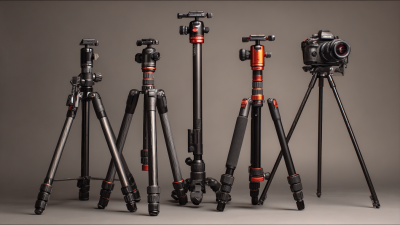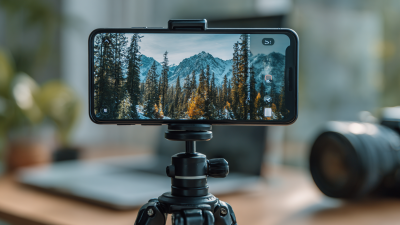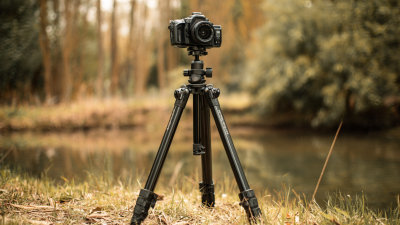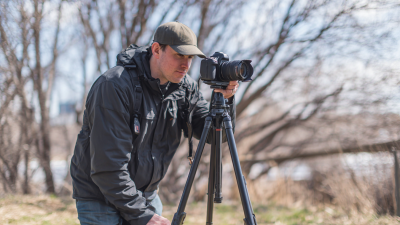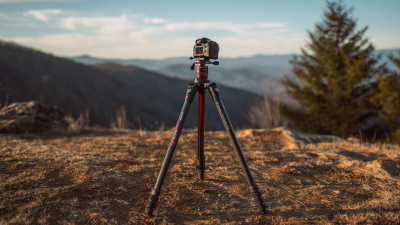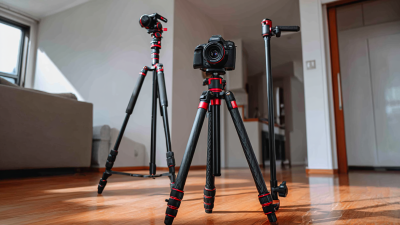Choosing the right equipment is essential for any photographer, and one of the most critical tools in your arsenal is a professional tripod. A professional tripod not only stabilizes your camera, resulting in sharper images, but also enhances your versatility in capturing stunning shots in various conditions. With a myriad of options available on the market, from lightweight travel tripods to heavy-duty studio models, selecting the best professional tripod tailored to your photography needs can be daunting. In this blog, we will delve into industry insights to guide you through the process of identifying the ideal tripod that complements your style and approach, ensuring that every photograph you take is as breathtaking as you envision. Whether you're an amateur looking to improve your skills or a seasoned professional aiming for perfection, understanding the features and benefits of various tripods will empower you to make an informed decision.
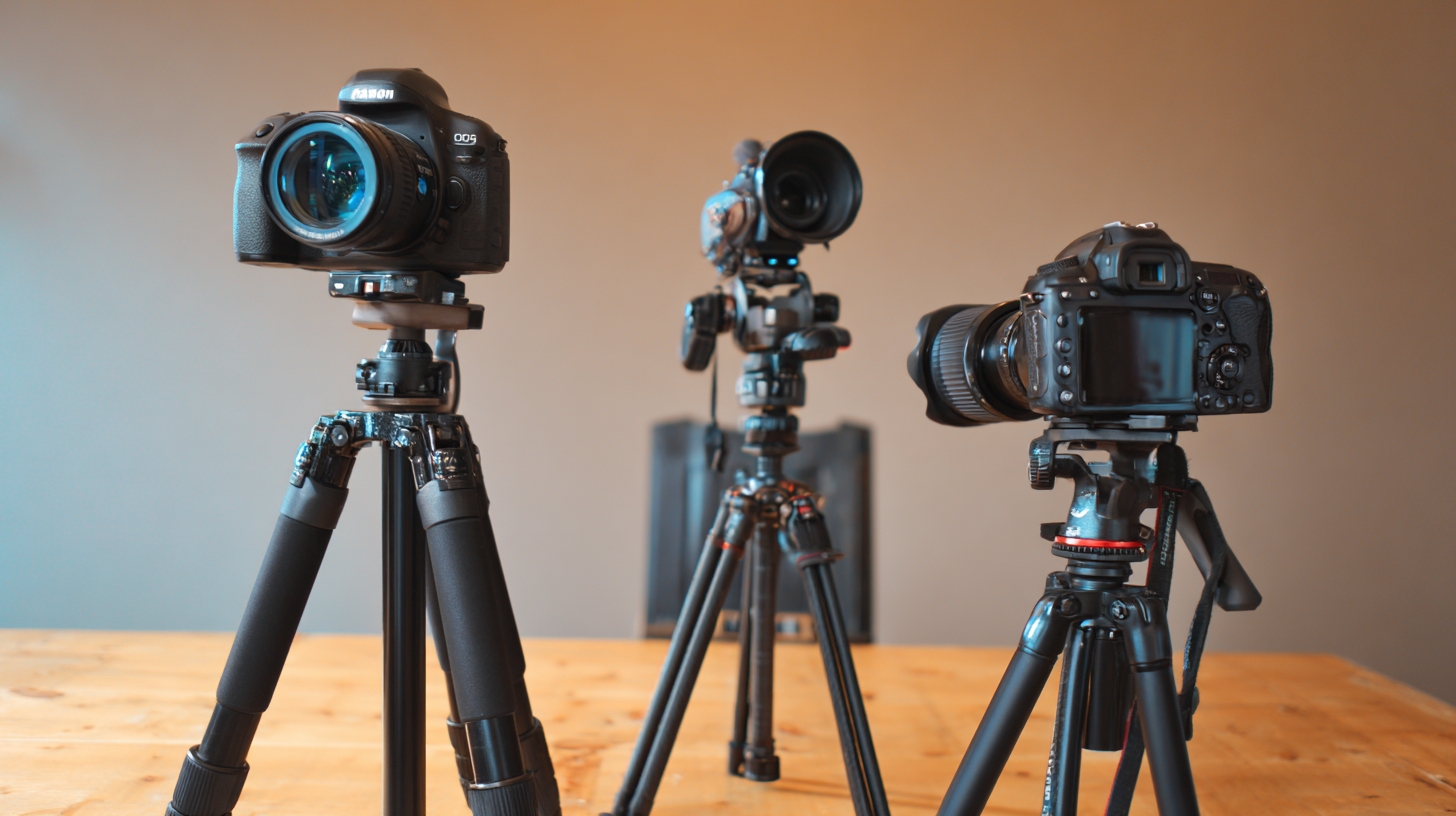
When it comes to selecting the right tripod for your photography needs, understanding the various types available is crucial. Traditionally, there are three main categories of tripods: lightweight travel tripods, sturdy studio tripods, and versatile outdoor tripods. According to industry reports, travel tripods have gained popularity, with a 30% increase in sales over the past two years, driven by the rise of travel photography. These tripods are designed for ease of transport without sacrificing stability, making them ideal for photographers who are constantly on the move.
In contrast, studio tripods are engineered to support heavier equipment, often featuring robust materials like aluminum or carbon fiber. A recent study highlighted that nearly 45% of professional photographers prefer studio tripods for indoor shoots due to their reliability and height adjustability. For outdoor photography, versatile tripods that can handle various terrains while providing flexibility in height adjustment have become essential. Research indicates that a majority of landscape and wildlife photographers prioritize stability and weight capacity when choosing their tripods, reflecting a shift towards more adaptable gear that can endure varying environments. Understanding these distinctions will enable photographers to select a tripod that not only meets their specific needs but also enhances their creative capabilities.
| Tripod Type | Best For | Weight Capacity (lbs) | Material | Price Range ($) |
|---|---|---|---|---|
| Aluminum Tripod | General Photography | 15-25 | Aluminum | 100-300 |
| Carbon Fiber Tripod | Landscape and Travel | 20-40 | Carbon Fiber | 250-600 |
| Mini Tripod | Vlogging and Mobile Photography | 5-10 | Plastic/Aluminum | 20-100 |
| Heavy Duty Tripod | Studio and Professional Use | 30-60 | Metal | 300-800 |
| GorillaPod | Flexible Shooting Angles | 2-11 | Plastic | 20-70 |
When selecting the best professional tripod for your photography needs, it’s essential to focus on key features that enhance stability and usability. A high-performing tripod should offer a sturdy build quality while remaining lightweight, especially for travel photographers. In 2025, many models combine advanced materials with innovative designs, making them suitable for both amateur and professional use. According to industry insights, models vary in features like load capacity, height adjustability, and leg lock mechanisms, which significantly impact performance in different settings.
**Tip 1:** Look for tripods with a maximum load capacity at least double the weight of your camera and lens combination. This ensures better stability, especially during long exposures or in windy conditions.
Versatility is another critical feature; consider tripods that come with interchangeable heads or allow for full rotation, which can be crucial for videography and diverse shooting angles. The best tripods of 2025 have been noted for their quick-release mechanisms that enhance efficiency during shoots, allowing you to switch settings effortlessly.
**Tip 2:** Prioritize tripods with rubber or spiked feet, as they provide better grip on various surfaces, improving stability during shoots on uneven ground or in challenging weather conditions.
When selecting a professional tripod, the material of construction plays a pivotal role in determining performance and suitability for various photography needs. Two common materials are aluminum and carbon fiber, each with distinct advantages. According to a report by the Imaging Resource Institute, aluminum tripods are typically more affordable, making them accessible for budding photographers. They are durable and excel in robustness, particularly in rugged environments. However, they tend to be heavier, which can be a drawback for those who venture into long hikes or need to travel light.
On the other hand, carbon fiber tripods have gained immense popularity among professional photographers due to their superior strength-to-weight ratio. A study conducted by the Photographic Equipment Manufacturers Association indicates that carbon fiber tripods can be over 30% lighter than their aluminum counterparts while providing equal or greater stability. This lightweight characteristic often gives photographers the freedom to capture images in diverse settings without being bogged down by heavy gear. Furthermore, carbon fiber is less prone to temperature fluctuations, helping to minimize vibrations that can affect image sharpness. Thus, the decision between aluminum and carbon fiber hinges on the photographer's needs, weighing the factors of portability against cost and durability.
When choosing a professional tripod, assessing load capacity is crucial for ensuring the stability of your camera gear. Load capacity refers to the maximum weight a tripod can support, including the camera, lenses, and any additional accessories you may use. It is essential to select a tripod that exceeds the total weight of your gear to account for any unexpected shifts or movements. A sturdy tripod helps prevent vibrations and unintended blurriness in your images, especially in long-exposure or low-light situations.
In addition to considering the weight of your equipment, it is vital to examine the tripod's construction materials. Carbon fiber tripods, while generally more expensive, offer a great combination of lightweight properties and exceptional strength. On the other hand, aluminum tripods are typically more affordable but can be heavier and less stable in windy conditions. Ultimately, understanding the specifications of a tripod and determining the right load capacity based on your photography needs will lead to more successful shoots and stable images that capture your artistic vision perfectly.
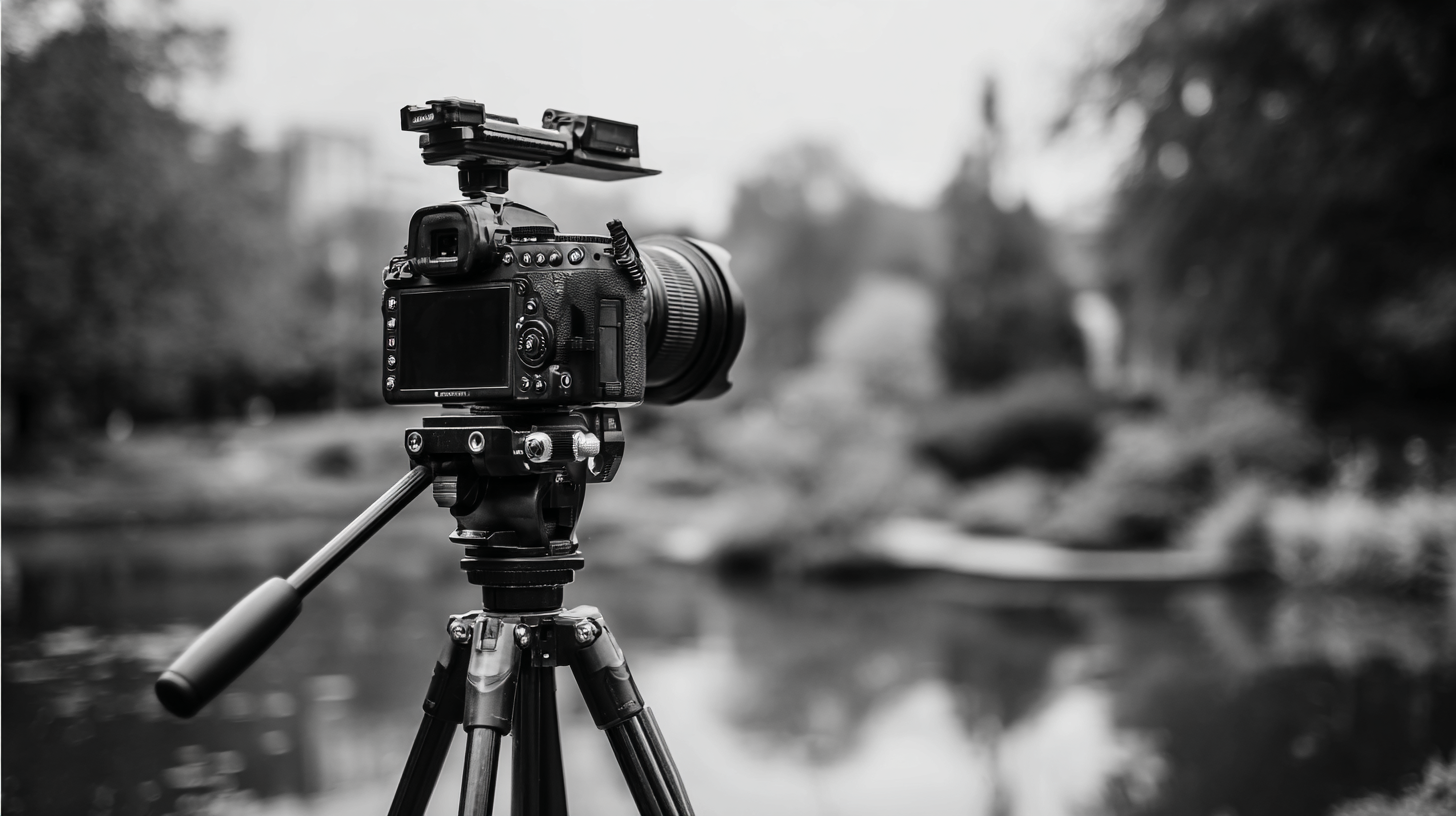
When selecting a tripod for photography, the balance between portability and stability is crucial. Photographers who frequently shoot in diverse locations may prioritize lightweight and compact tripods, allowing for easy transport without sacrificing quality. A tripod's weight can greatly impact the ease of travel, especially for landscape or street photographers who often traverse various terrains. Carbon fiber tripods are an excellent option for those seeking a lightweight yet sturdy solution, ensuring that photographers can carry their gear comfortably while maintaining a stable shooting platform.
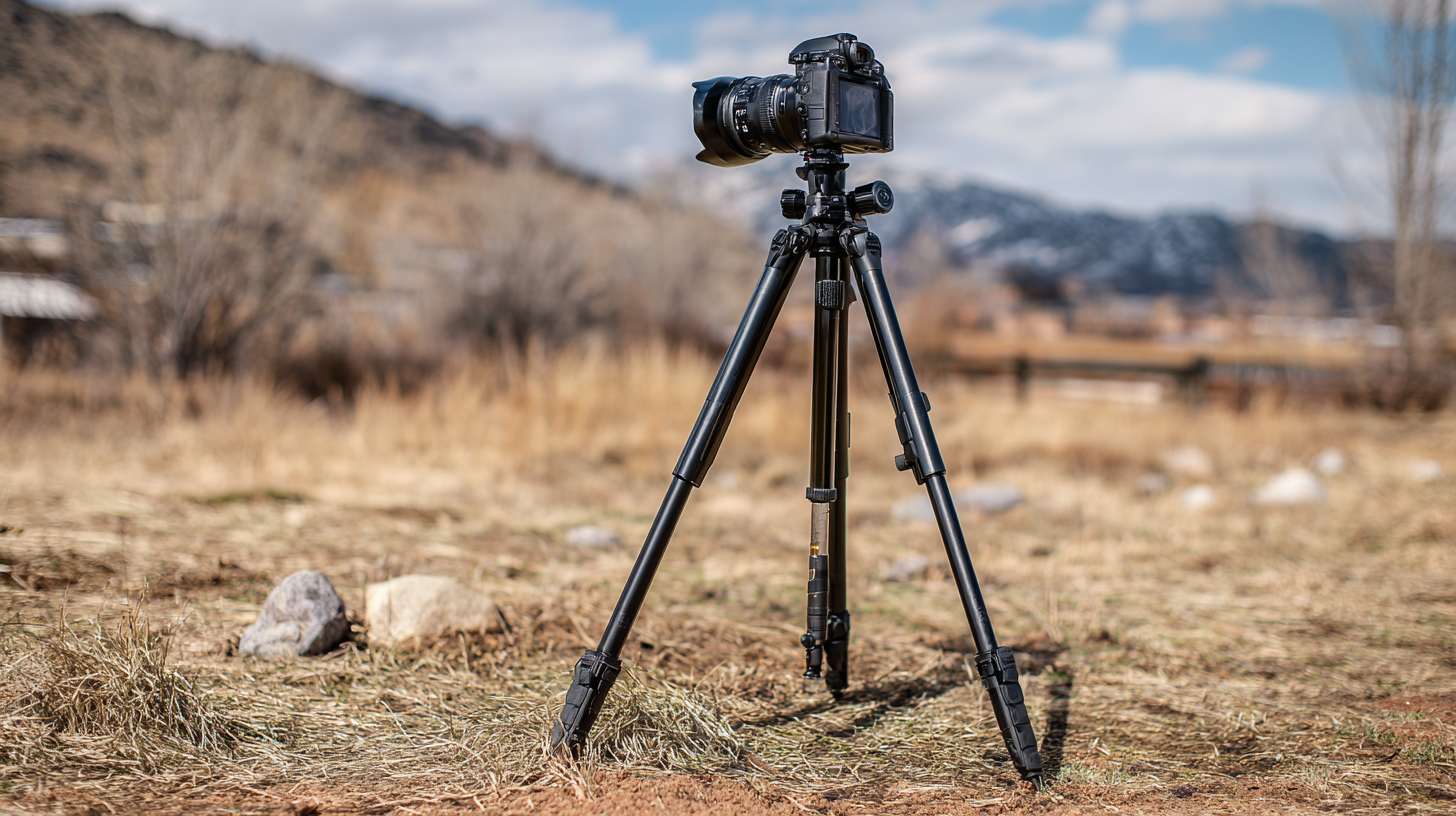
On the other hand, studio and wildlife photographers may find that stability is more critical than portability. In these situations, a heavier tripod can provide enhanced stability, particularly in windy conditions or when using long telephoto lenses. Choosing a tripod with a wider footprint and sturdier legs can greatly reduce vibrations, leading to sharper images. It’s essential to assess your shooting environment and the types of photography you engage in to make the right decision. Ultimately, understanding your needs will help you select a tripod that perfectly balances portability and stability.
